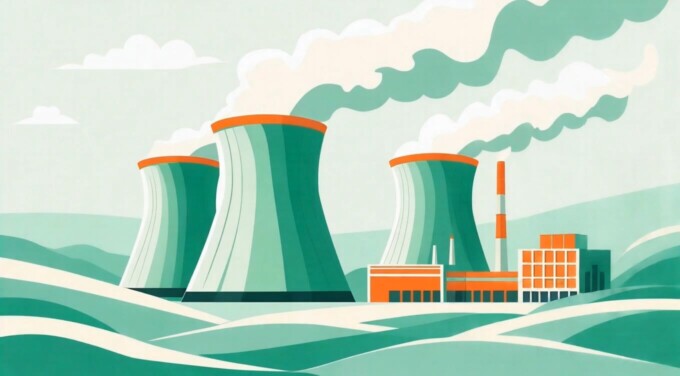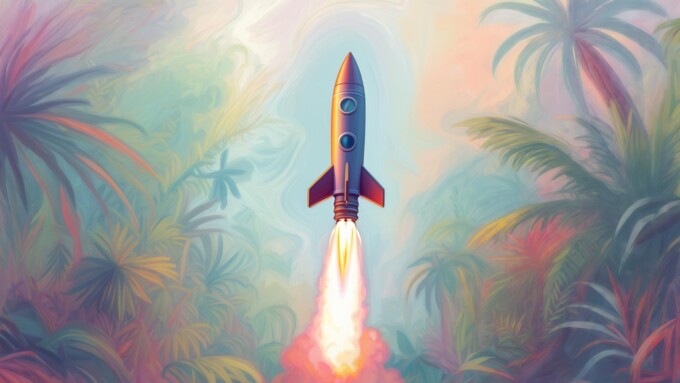“Back in the era of disco, cocaine cowboys, and Dallas, however, there were no crocodile-filled waters in Florida. In the late 1970s, the University of Florida’s Mazzotti started his doctoral dissertation on the American crocodile. Over the course of four years, searching South Florida’s waterways three or four nights a week, he caught just 31 non-hatchling crocodiles.
But hope lurked in the shadows of the Turkey Point nuclear power plant—that towering symbol of modernity, built to air-condition the homes that had led to the crocodiles’ demise. In 1978, a staffer there stumbled upon a clutch of eggs. As it turned out, the 270 linear kilometers (168 miles) of cooling canals Turkey Point relied on to condense steam and produce energy also provided an ideal habitat for crocodiles…
In 2025: It’s been a historic season for crocodile hatchlings, Lloret says. His group collected 606 tiny crocodiles from an estimated 30 nests—the first time in the program’s 47 years that Turkey Point surpassed 600 hatchlings…
Lloret’s numbers support a positive overall trend for crocodiles in South Florida. This year, Mazzotti’s Croc Docs team, which monitors hatchlings outside of Turkey Point, located 178 nests, including one on Sanibel Island and four by the Marco Island Executive Airport. They found the majority of their nests, however, near Flamingo in the southern reaches of Everglades National Park. In 1986, biologists found a single nest in the area; in 2025, there were 129.
Crocodiles have even started to reclaim parts of their native range—and, in some cases, edge past it, as the planet warms and mangroves spread north. A crocodile born and microchipped in Turkey Point, for instance, was discovered in Tampa. “Crocodiles are on the move,” Mazzotti says. “The population is increasing, and they are starting to disperse.”
The FWC estimates at least 2,000 crocodiles now live in the state.”
From bioGraphic.




